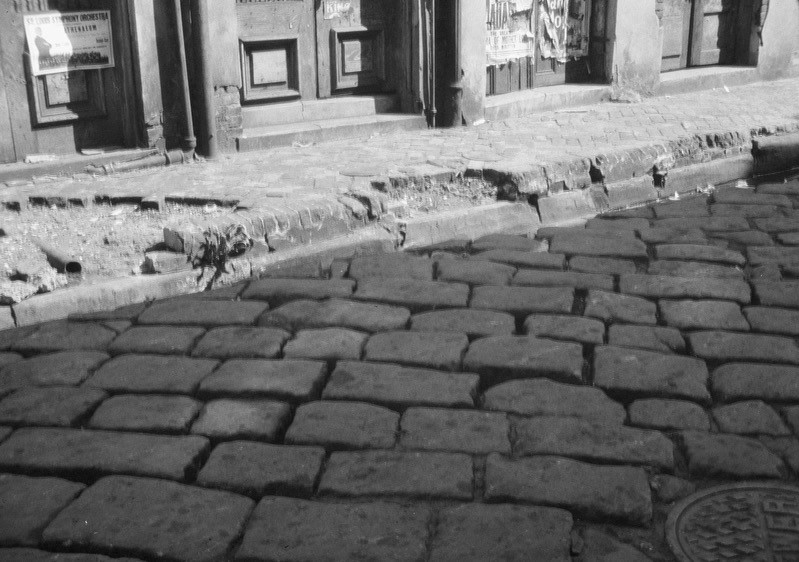Cool Story of Pavers beginnings……
A Sett, also known as a block, Belgian block or Sampietrini, is a broadly rectangular quarried stone used in paving roads and walkways. Formerly in widespread use, particularly on steeper streets because setts provided horses’ hooves with better grip than a smooth surface, they are now encountered rather as decorative stone paving in landscape architecture. Setts are often referred to as “cobbles,” although a sett is distinct from a cobblestone in that a sett is quarried or worked to a regular shape, whereas a cobblestone is generally a small, naturally-rounded rock. Setts are usually made of granite.
With no rock quarries located anywhere along the Gulf Coast, how did these stones find their way to the streets of New Orleans? They were used as ballast to stabilize ships sailing to the colonies, and it was common practice to jettison them in the harbor to make way for the cargo being taken back to Europe. It did not take long for colonists to realize that they should repurpose these stones rather than allow for them to clog the riverbank. Thus the harbormaster organized teams of laborers who removed the ballast which later found its way to the city streets.
In looking at old photographs of these early streets, you will notice that the stones are laid out on a diagonal off-set pattern rather than being square to the curb. My only thinking leads me to believe that this was so that a wagon wheel would not become wedged in the space between the stones leading to an accident.
This image from the Library of Congress dates from the 1920s showing Sett stones on a French Quarter street taken by Arnold Genthe.

